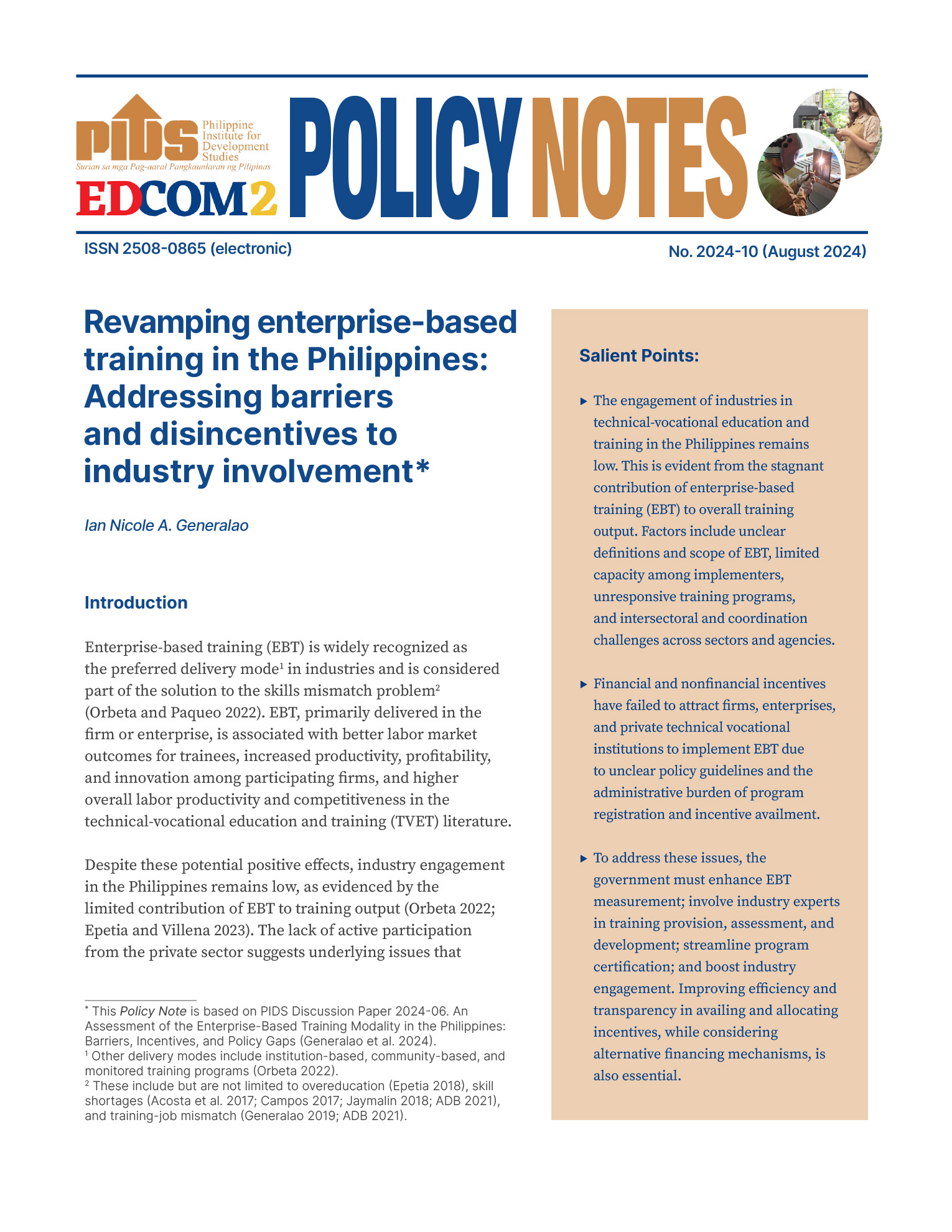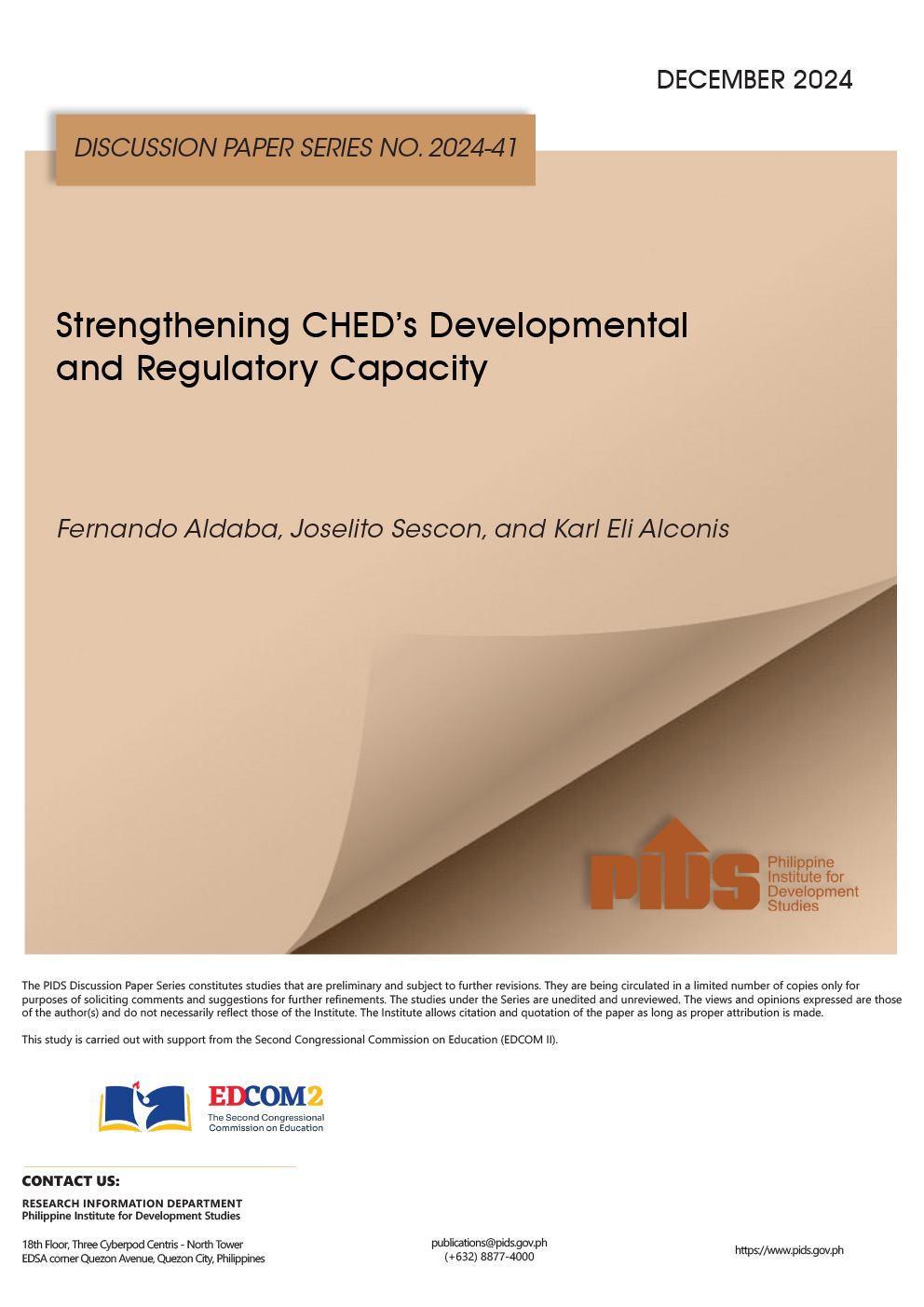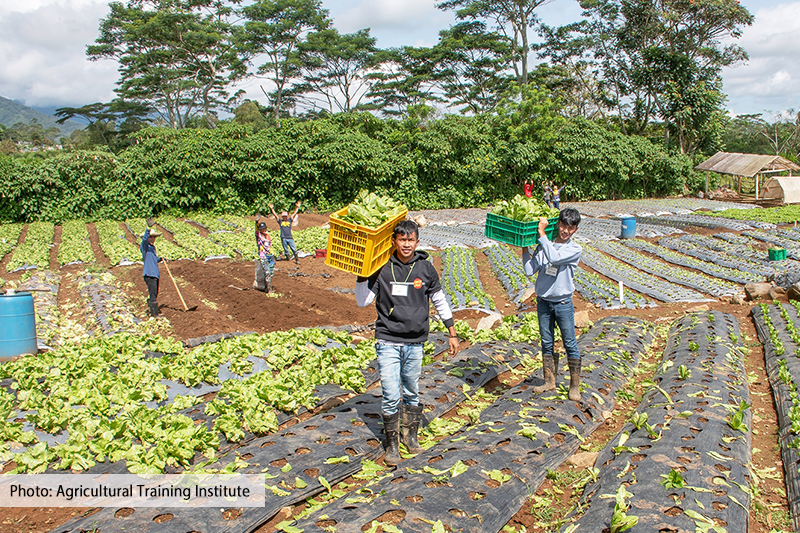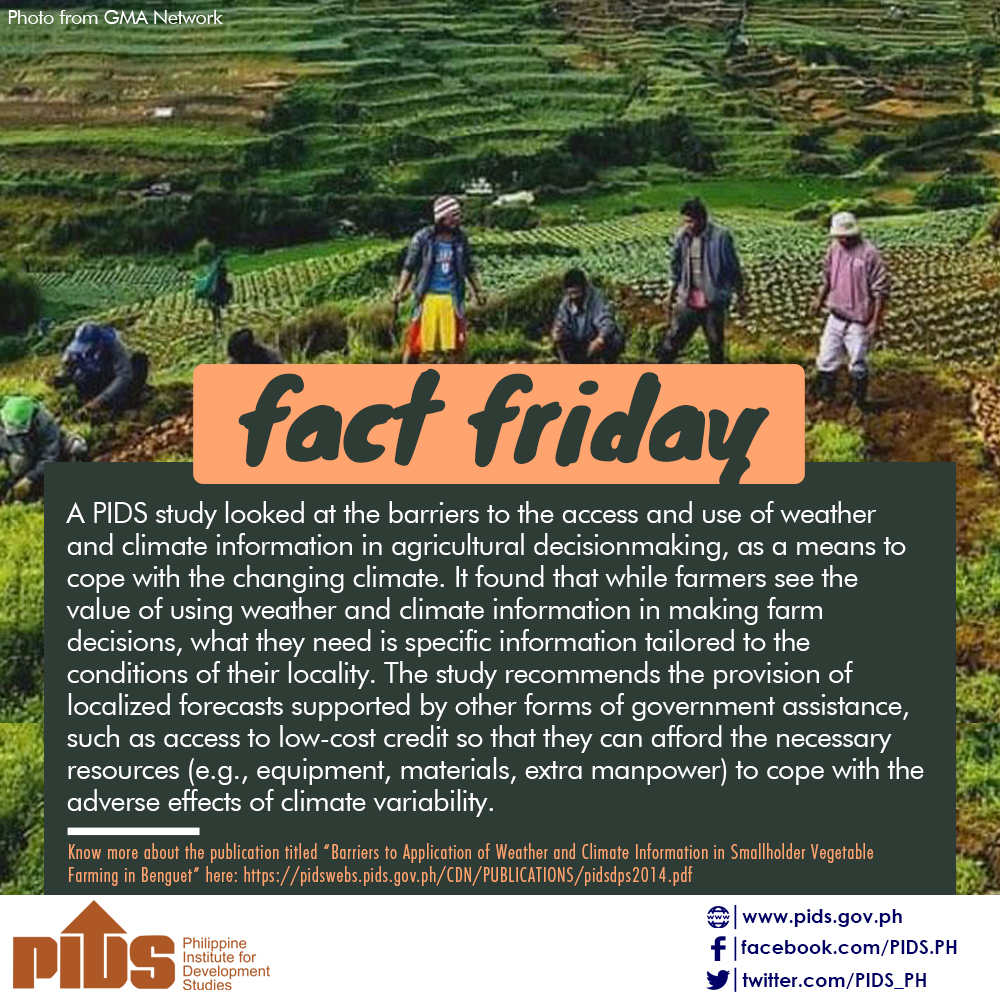Metro Manila (CNN Philippines, August 5) — Farm production inched up in the second quarter of the year backed by higher crops and fisheries output, the Philippine Statistics Authority said on Wednesday.
The agriculture industry eked out a 0.5 percent growth in output for the second quarter of the year compared to the downward-revised 1.4 percent decrease in the same period last year, and a revised 1.7 percent contraction in the first quarter of 2020.
Value of production in the sector was higher by 4.6 percent to ₱439.8 billion from the previous year.
The latest data brought first-half farm output to a slight contraction of 0.6 percent, from a contraction of 0.5 percent in the first semester of 2019.
Agriculture Secretary William Dar said they are “happy” with the current data as they were expecting “a significant contraction” for the industry.
“It is an uphill target because of the pandemic. We hope to achieve around1.5 percent [for the whole year 2020],” he said.
RCBC chief economist Michael Ricafort told CNN Philippines that the slight gain may be due to lower base from last year, and some areas of the industry being allowed to operate despite quarantine restrictions due to the COVID-19 pandemic.
Per subsector, crops, which accounted for 53.7 percent of total output, grew by 5 percent driven by a 7.1 percent increase in palay (paddy rice) production, while corn production grew 15.4 percent. From January to June, the subsector recorded a 1.1 percent growth.
Higher production levels were also recorded in sugarcane (100.3 percent); cacao (5.6 percent); sweet potato (4.9 percent); tobacco (3.3 percent); and tomato (3.2 percent.)
Philippine Institute for Development Studies Research Fellow Roehlano Briones told CNN Philippines that the latest data was contrary to what he was expecting, which was a slight decline.
He said this could imply that the industry is more resilient to the effects of the health crisis compared to other sectors, noting good performance of crops and fisheries.
However, specifically for corn, he noted that the growth may be a recovery from the effect of the fall army worm outbreak in 2019.
On the other hand, declines were reported in major crops like calamansi (19.5 percent), onion (6.8 percent), potato (5.3 percent), cassava (3.8 percent), abaca (3.3 percent), and coffee (3.1 percent.)
Its value of production was at ₱237.8 billion, up 13.6 percent for the second quarter 2019.
Another subsector that reported growth was fisheries, which inched up 0.9 percent and accounted for 16 percent of total output. For the first semester, it logged a 0.7 percent decline.
Bali sardinella, skipjack, roundscad, and cavalla recorded increased production, while others like fimbriated sardines, Indian mackerel, squid, big-eyed scad, frigate tuna, blue crab, and tilapia reported lower production during the period.
Value of fisheries production dropped 2.6 percent to ₱73.1 billion versus the previous year.
Meanwhile, livestock, which contributed 17.3 percent to total production, reported an 8.5 decline, with an overall contraction of 4.5 percent in the first half of the year.
Production of hog, cattle, carabao, and goat reported high decreases. In contrast, dairy production saw an improvement.
In nominal terms, its value of production declined 7.4 percent to ₱73.8 billion.
Poultry also recorded a decline of 4.7 percent, with a contribution of 13 percent to total output. In the first half, the subsector dropped 2.3 percent.
Production of chicken, duck, and duck eggs declined, while increased production was reported for chicken eggs.
Total value of poultry production dropped 2.6 percent to ₱55.1 billion.
Both Briones and Ricafort associated the contractions to the quarantine restrictions the the government implemented starting in mid-March.
Ricafort noted lower demand from main markets of these subsectors like restaurants and fast foods, which led to the lower growth.
Briones said “it could have been worse” for these two sectors. Specifically for livestock, he said its quarantine restrictions might have helped in controlling the spread of African Swine Fever since movement is restricted.
For poultry, excess inventory caused by softer demand and limited mobility led to reduction in production, Briones said.
For the coming months, Briones said he is projecting modest growth for all subsectors and the industry as a whole.
“Very modest. Another mildly positive performance for the third quarter… even for the year,” he said.
As for Ricafort, further opening of the economy would lead some recovery in demand for agricultural products in the coming months as people “stock pile and eat more at home.”
The agriculture industry eked out a 0.5 percent growth in output for the second quarter of the year compared to the downward-revised 1.4 percent decrease in the same period last year, and a revised 1.7 percent contraction in the first quarter of 2020.
Value of production in the sector was higher by 4.6 percent to ₱439.8 billion from the previous year.
The latest data brought first-half farm output to a slight contraction of 0.6 percent, from a contraction of 0.5 percent in the first semester of 2019.
Agriculture Secretary William Dar said they are “happy” with the current data as they were expecting “a significant contraction” for the industry.
“It is an uphill target because of the pandemic. We hope to achieve around1.5 percent [for the whole year 2020],” he said.
RCBC chief economist Michael Ricafort told CNN Philippines that the slight gain may be due to lower base from last year, and some areas of the industry being allowed to operate despite quarantine restrictions due to the COVID-19 pandemic.
Per subsector, crops, which accounted for 53.7 percent of total output, grew by 5 percent driven by a 7.1 percent increase in palay (paddy rice) production, while corn production grew 15.4 percent. From January to June, the subsector recorded a 1.1 percent growth.
Higher production levels were also recorded in sugarcane (100.3 percent); cacao (5.6 percent); sweet potato (4.9 percent); tobacco (3.3 percent); and tomato (3.2 percent.)
Philippine Institute for Development Studies Research Fellow Roehlano Briones told CNN Philippines that the latest data was contrary to what he was expecting, which was a slight decline.
He said this could imply that the industry is more resilient to the effects of the health crisis compared to other sectors, noting good performance of crops and fisheries.
However, specifically for corn, he noted that the growth may be a recovery from the effect of the fall army worm outbreak in 2019.
On the other hand, declines were reported in major crops like calamansi (19.5 percent), onion (6.8 percent), potato (5.3 percent), cassava (3.8 percent), abaca (3.3 percent), and coffee (3.1 percent.)
Its value of production was at ₱237.8 billion, up 13.6 percent for the second quarter 2019.
Another subsector that reported growth was fisheries, which inched up 0.9 percent and accounted for 16 percent of total output. For the first semester, it logged a 0.7 percent decline.
Bali sardinella, skipjack, roundscad, and cavalla recorded increased production, while others like fimbriated sardines, Indian mackerel, squid, big-eyed scad, frigate tuna, blue crab, and tilapia reported lower production during the period.
Value of fisheries production dropped 2.6 percent to ₱73.1 billion versus the previous year.
Meanwhile, livestock, which contributed 17.3 percent to total production, reported an 8.5 decline, with an overall contraction of 4.5 percent in the first half of the year.
Production of hog, cattle, carabao, and goat reported high decreases. In contrast, dairy production saw an improvement.
In nominal terms, its value of production declined 7.4 percent to ₱73.8 billion.
Poultry also recorded a decline of 4.7 percent, with a contribution of 13 percent to total output. In the first half, the subsector dropped 2.3 percent.
Production of chicken, duck, and duck eggs declined, while increased production was reported for chicken eggs.
Total value of poultry production dropped 2.6 percent to ₱55.1 billion.
Both Briones and Ricafort associated the contractions to the quarantine restrictions the the government implemented starting in mid-March.
Ricafort noted lower demand from main markets of these subsectors like restaurants and fast foods, which led to the lower growth.
Briones said “it could have been worse” for these two sectors. Specifically for livestock, he said its quarantine restrictions might have helped in controlling the spread of African Swine Fever since movement is restricted.
For poultry, excess inventory caused by softer demand and limited mobility led to reduction in production, Briones said.
For the coming months, Briones said he is projecting modest growth for all subsectors and the industry as a whole.
“Very modest. Another mildly positive performance for the third quarter… even for the year,” he said.
As for Ricafort, further opening of the economy would lead some recovery in demand for agricultural products in the coming months as people “stock pile and eat more at home.”










